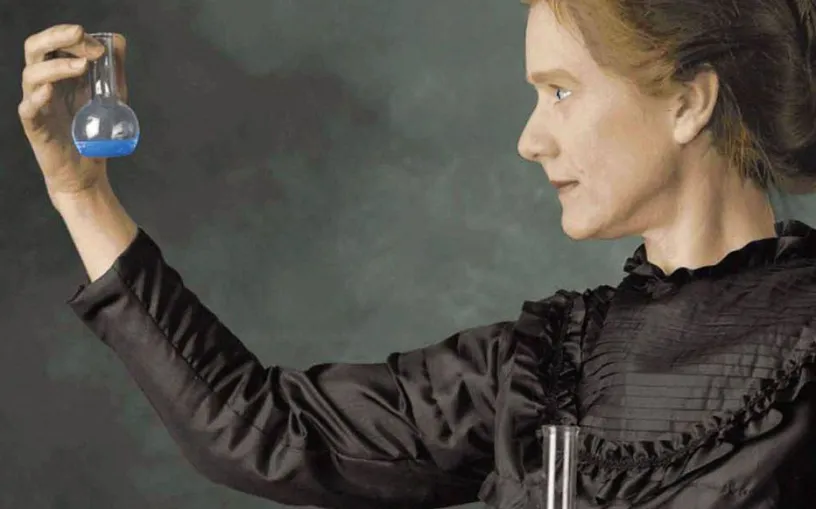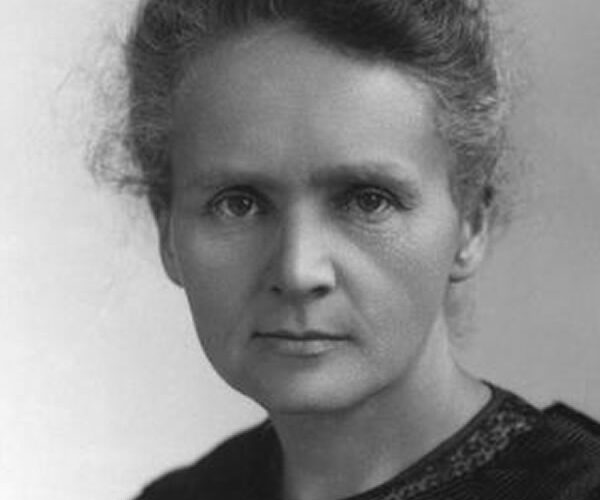Marie Curie is one of the most influential figures in science. Her discoveries in physics and chemistry revolutionized the field of radioactivity. She also broke barriers for women in science. Curie’s research led to advancements in medical treatments and expanded our understanding of atomic structures. Her work played a key role in the development of X-ray technology, cancer treatments, and modern nuclear energy. Beyond science, her legacy continues to inspire women to pursue careers in research.
This article covers Curie’s life, her scientific contributions, and the lasting impact she left on the world.
Early Life and Education

Marie Curie was born Maria Skłodowska on November 7, 1867, in Warsaw, Poland, then part of the Russian Empire. She was the youngest of five children in a family that valued education. Her father was a physics and mathematics teacher, and her mother ran a school for girls. Despite their dedication to education, the family struggled financially.
During that time, women in Poland couldn’t attend universities. However, Curie was determined to continue her education. In 1891, she moved to Paris to study at the University of Paris (Sorbonne). There, she excelled in physics, chemistry, and mathematics, graduating at the top of her class.
Meeting Pierre Curie
In 1894, Curie met Pierre Curie, a French physicist, while working in a Paris lab. They shared a deep passion for science and married in 1895. Together, they became one of the most remarkable scientific partnerships in history. Their collaboration would soon lead to groundbreaking discoveries.
Discovering Radioactivity
One of Curie’s most important contributions to science was her research on radioactivity. In 1896, physicist Henri Becquerel discovered that uranium salts emitted rays. Curie chose to explore this phenomenon for her doctoral thesis. She hypothesized that the emission of rays was a property of uranium atoms.
Curie began investigating other elements. In the process, she discovered two new radioactive elements: polonium, named after her native Poland, and radium. This confirmed her theory that radioactivity was an atomic property. Her research was groundbreaking.
In 1903, Curie, along with Pierre and Henri Becquerel, received the Nobel Prize in Physics for their work on radioactivity. This recognition made her the first woman to win a Nobel Prize. Curie’s discovery of radium and polonium was key to the study of atomic structures and laid the foundation for modern nuclear physics.
Curie’s Contributions to Medicine
Curie’s research wasn’t just theoretical. It had practical applications in medicine. Radium’s properties were soon used to treat cancer. Doctors began using radium to shrink tumors, leading to the birth of radiation therapy.
During World War I, Curie also helped save lives. She developed mobile X-ray units, known as “Little Curies.” These portable machines helped doctors locate bullets and shrapnel in wounded soldiers on the battlefield. Curie herself trained nurses and worked in field hospitals. This marked a huge advancement in medical technology.
Curie’s contributions to medicine have had a lasting impact. Radiation therapy, which is still used to treat cancer today, is one of her most important legacies. Her work also paved the way for modern medical imaging.
Curie’s Second Nobel Prize
Marie Curie didn’t stop after her first Nobel Prize. In 1911, she won a second Nobel Prize, this time in chemistry. She was recognized for discovering radium and polonium and for her research on their chemical properties. This made her the first person ever to win two Nobel Prizes in different fields.
Despite her successes, Curie faced personal challenges. In 1906, Pierre was tragically killed in a street accident, leaving her devastated. Curie continued their work on her own, determined to honor his memory. Her second Nobel Prize cemented her place in history, but she remained humble and focused on her research.

Facing Challenges as a Female Scientist
Although Curie was internationally recognized, she faced many challenges as a woman in science. Many male scientists doubted her abilities. Even after winning her first Nobel Prize, Curie was often overlooked for academic positions that went to male colleagues.
In 1911, Curie faced a public scandal. She was involved in a relationship with physicist Paul Langevin, who was separated from his wife. The press attacked Curie, portraying her as a homewrecker. Despite the criticism, she continued her research. Curie’s dedication helped break down barriers for future generations of women in science. Her success showed that women were just as capable of making significant contributions to science as men.
Marie Curie’s Legacy in Science
Marie Curie’s work changed science and society forever. Her discoveries led to the development of nuclear physics and advanced our understanding of atoms. Her research also contributed to the development of nuclear energy, which powers much of the world today.
Curie’s contributions to medicine continue to save lives. Radiation therapy, which uses radium to treat cancer, came directly from her discoveries. Modern cancer treatments owe much to her work. In addition, her role in developing X-ray technology has revolutionized medical diagnostics.
Curie’s success also made her a role model for women. She proved that gender should not limit anyone’s potential in science. Her accomplishments inspired future generations of female scientists, and her life is a testament to the power of perseverance and dedication.
Death and Honors
Marie Curie passed away on July 4, 1934, from aplastic anemia, likely caused by her exposure to radioactive materials. At the time, the dangers of radiation were not fully understood, and Curie worked with these substances without protection. Her death brought attention to the health risks of radioactive elements.
After her death, Curie received many posthumous honors. In 1995, her remains were interred in the Panthéon in Paris, making her the first woman to be buried there based on her achievements. Institutions such as the Curie Institute in Paris and Warsaw continue to carry on her legacy through cancer research and other scientific studies.
Conclusion
Marie Curie’s life and work transformed the world of science and medicine. Her discoveries in radioactivity led to advancements in cancer treatment, medical imaging, and nuclear physics. As the first woman to win a Nobel Prize, and the only person to win two in different fields, she also opened doors for women in science.
Curie’s legacy remains powerful today. Her research continues to impact modern science, and her determination continues to inspire people worldwide. Marie Curie showed the world that science has the power to change lives, and she proved that anyone, regardless of gender, can make history.





Add comment